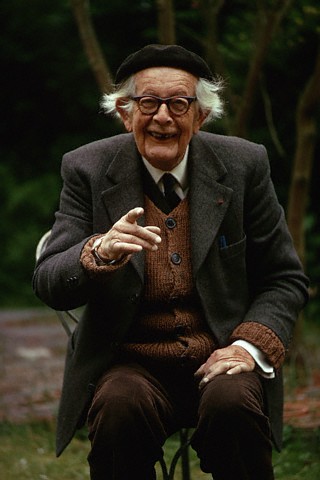Narrating my Work - October 22, 2013
I taught a class today titled, "Conversations that Count"with a dear colleague, Cindy. The two sections I managed were Feedback and Coaching, and Listening. The learners were a great group, open to sharing and willing to listen to others.
One of the articles I quoted was on the misconception of multitasking. Patrick Gray wrote the article, The Lie of Multitasking, which Tech Republic published in mid August, 2013.
Gray explains that we used to think our brains operated like a computer processor. While a computer processor can give 50% of processing power to two tasks and manage both well, research is proving just the opposite about our brains. Unlike our computers, the human brain's capacity to process degrades significantly the more tasks it's trying to manage.
Rather than a 50% reduction in performance when trying to do similar tasks at once, the reduction tends to be more in the area of 80-95%.
One of the articles I quoted was on the misconception of multitasking. Patrick Gray wrote the article, The Lie of Multitasking, which Tech Republic published in mid August, 2013.
Gray explains that we used to think our brains operated like a computer processor. While a computer processor can give 50% of processing power to two tasks and manage both well, research is proving just the opposite about our brains. Unlike our computers, the human brain's capacity to process degrades significantly the more tasks it's trying to manage.
Rather than a 50% reduction in performance when trying to do similar tasks at once, the reduction tends to be more in the area of 80-95%.
So, how to multitasking mavens seems to do it? Gray found that people who can get a lot done well, are not multitasking. Instead, they prioritize tasks by sequencing them logically and then focus with laser-like intensity on a single activity.
These are the people who are not mesmerized by their smartphones or stopping to open their email application every time the new email beep occurs. Rather than performing several activities at once, they're able to focus on a single activity, then rapidly shift to the next activity.
So, this is my goal for the week - use laser-like focus on sequenced tasks, and throw multi-tasking to the wind!



















